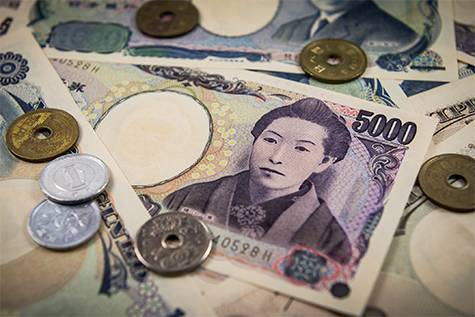The International Energy Agency (IEA) revealed that electricity consumption in the Middle East and North Africa (MENA) region has tripled since 2000, making it one of the fastest-growing regions in global energy demand. The agency explained that this accelerated growth was driven by rising populations and higher income levels, with air conditioning accounting for nearly half of peak demand.
The agency expects the region to see an additional 50% increase in electricity demand by 2035, based on current policies, supported by urban expansion, industrial growth, and rapid population increases.
Despite the dominance of oil and gas in the region’s energy mix, accounting for more than 90% of total generation, the coming stage will witness a major transformation. Oil’s contribution to electricity generation is expected to decline to just 5% by 2035, down from 20% currently, while natural gas, renewable energy, and nuclear will lead the next phase of growth. The agency estimates that solar capacity will expand tenfold to reach 200 gigawatts by 2035, with the share of renewable energy rising to 25% of the mix compared to 6% currently, while nuclear energy will record significant growth in the UAE, Egypt, and Iran.
Fatih Birol, Executive Director of the IEA, said: “Electricity demand is rising rapidly in the Middle East and North Africa, driven by growing needs for cooling and water desalination in a region suffering from heat and water scarcity, in parallel with population and economic growth. Since the start of the century, the region has recorded the third-largest global growth in electricity consumption after China and India. To meet this demand, generation capacity is set to expand by more than 300 gigawatts over the next decade, equivalent to three times Saudi Arabia’s current capacity.”
Natural gas is expected to account for half of the region’s energy mix by 2035, amid major investments from national oil companies such as Saudi Aramco, ADNOC, and QatarEnergy, which are channeling billions of dollars to expand their share in the liquefied natural gas (LNG) market.
Gulf producers aim to double their LNG capacity over the next decade, with gas serving as a transitional fuel and a bridge toward clean energy sources, as well as a means of maximizing returns and diversifying revenues away from crude oil.
Okan Kose, Managing Director at Accenture, told Bloomberg: “LNG still appears to be the best bet among all hydrocarbon commodities, as investments and trade in it deliver profit margins that are nearly unprecedented compared with any other commodity.”
But the agency warned that some countries in the region will be unable to meet growing demand. Countries such as Iraq, Syria, Yemen, Lebanon, and Sudan have faced repeated electricity crises. Iraq, despite its oil wealth, still suffers from chronic outages that cost it around $100 billion between 2014 and 2020.
Lebanon, meanwhile, has relied for years on polluting private generators and illicit fuel trade to cover shortages. In Syria, generation capacity has fallen to less than 40% of pre-war levels. In Libya, production capacity has dropped by half due to civil conflict.
Nevertheless, the region holds enormous opportunities thanks to abundant renewable resources. For example, on July 15, 2024, Yemen inaugurated the Aden solar power plant with a capacity of 120 megawatts, funded by the UAE.
The plant supplies electricity to between 150,000 and 170,000 homes, reducing reliance on fossil fuels. Solar currently represents around 10.4% of Yemen’s total electricity, and this share is expected to double by 2026 with the launch of the project’s second phase.


